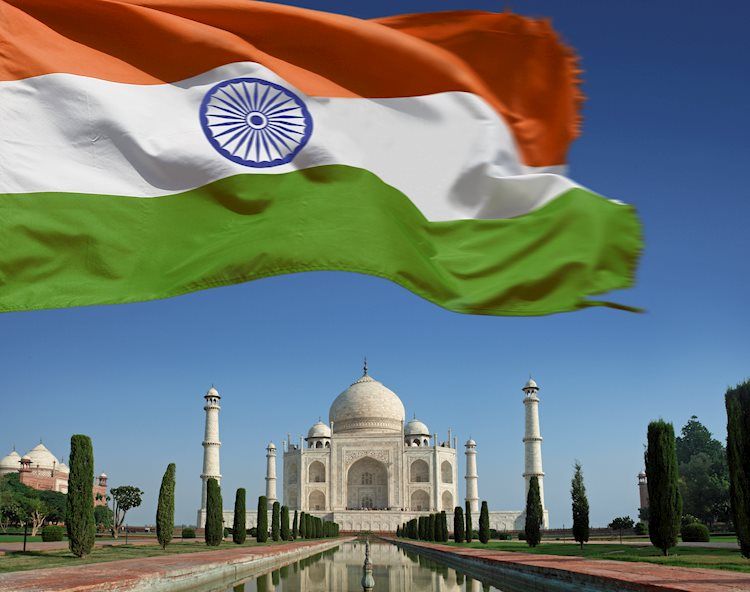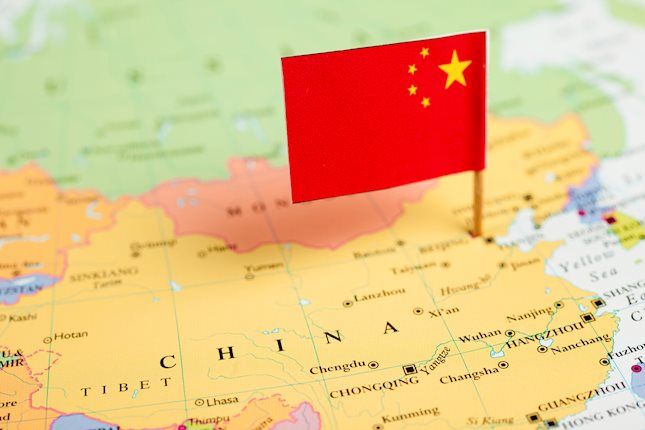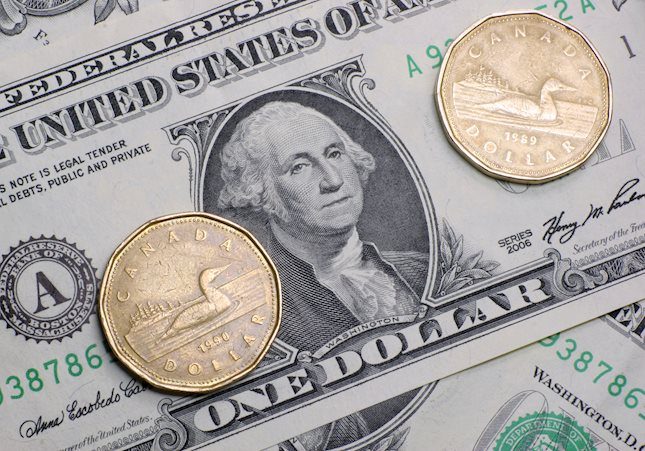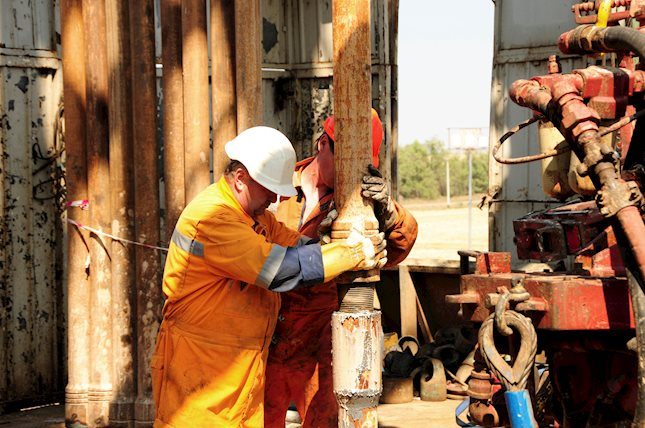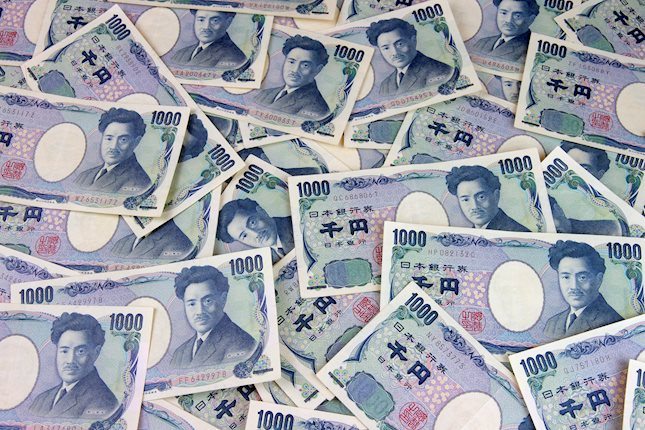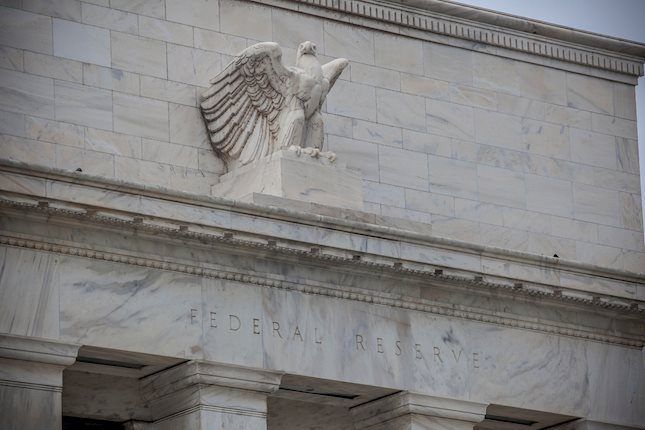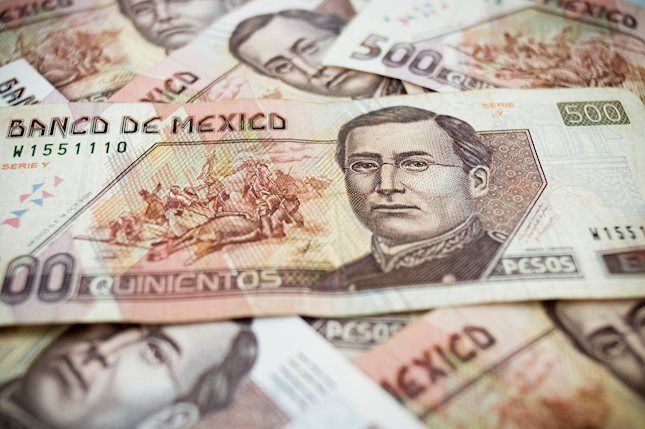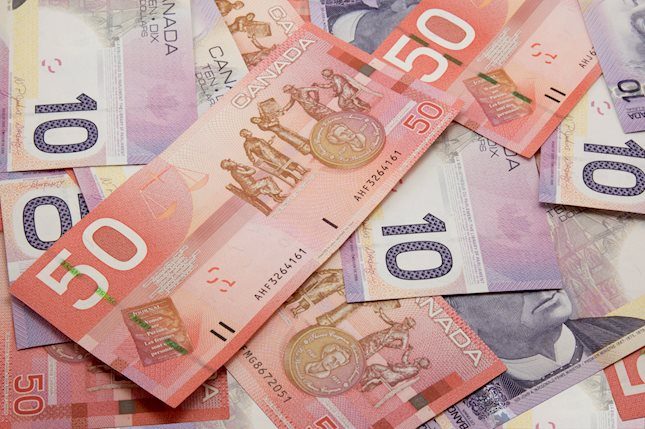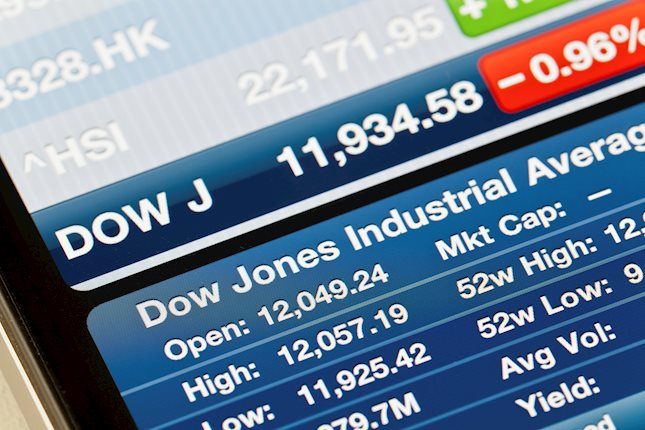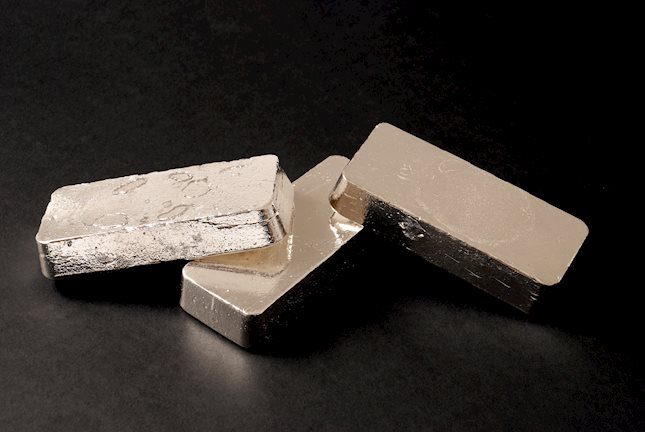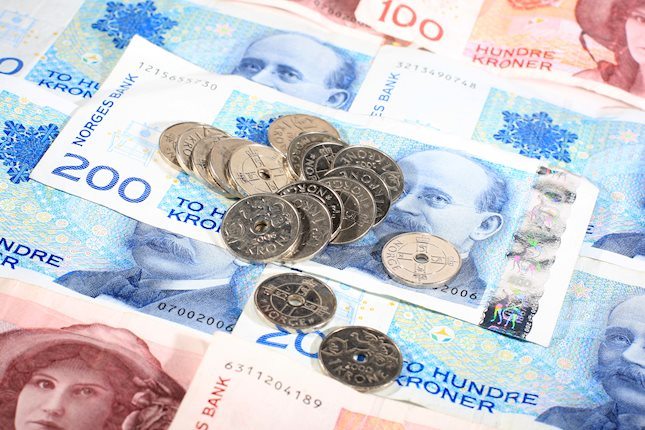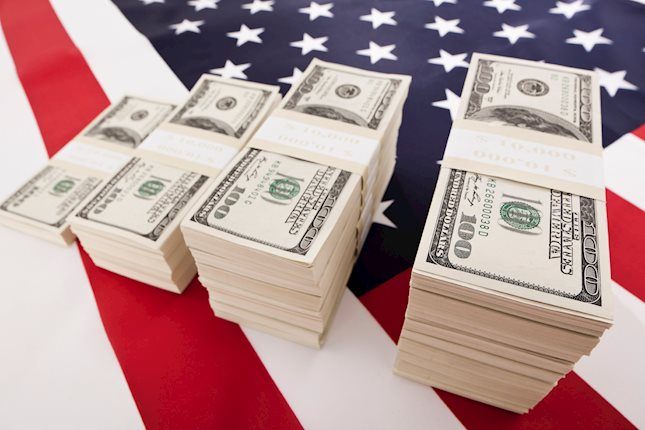USD/INR turns red following Indian PMI data
- Indian Rupee remains strong on Thursday amid a softer USD.
- Indian HSBC Manufacturing dropped to 58.8 in April vs. 59.5 expected.
- The Fed Chair Powell pushed back against the possibility of rate hikes, exerting selling pressure on the USD.
- Investors will monitor India’s HSBC Manufacturing PMI for April.
Indian Rupee (INR) recovers some lost ground on Thursday amid the weaker US Dollar (USD). India’s manufacturing sector stayed robust in April, bolstered by strong demand conditions. The HSBC final India Manufacturing Purchasing Managers' Index (PMI) declined to 58.8 in April from a 16-year high of 59.1 in March. The figure was comfortably above the neutral mark of 50.0 and the long-run average of 53.9. The INR trades on a stronger note following the data released.
The Greenback failed to capitalize after the US Federal Reserve (Fed) decided to maintain the status quo on the rate late Wednesday. The Fed Chair Jerome Powell said during the press conference that it’s unlikely that the next policy rate move will be a hike. These comments spark a modest dovish reaction in the markets, which weighs on the Greenback. However, the Fed’s cautious stance over future interest rate cuts and higher-for-longer rate narrative might lift the USD. On the one hand, the weakening of the INR might be limited as the Reserve Bank of India (RBI) continues to stabilize its currency from the volatility.
On Thursday, the usual US weekly Initial Jobless Claims and March’s Goods Trade Balance are due. The spotlight will turn to the US employment data for April on Friday, including Nonfarm Payrolls (NFP), Unemployment Rate, and Average Hourly Earnings.
Daily Digest Market Movers: Indian Rupee remains firm amid RBI’s Intervention
- "April’s manufacturing PMI recorded the second fastest improvement in operating conditions in three-an-a-half years, bolstered by strong demand conditions which resulted in a further expansion of output, albeit slightly slower than in March," said Pranjul Bhandari, Chief India Economist at HSBC.
- Between January and March 2023, India's gold demand was 126.3 tonnes, which increased by 8% to 136.6 tonnes this year, according to a World Gold Council report.
- The Federal Reserve (Fed) kept its benchmark short-term borrowing rate in a targeted range between 5.25% and 5.50%, as widely expected.
- Fed Chair Jerome Powell emphasized that progress on inflation has stalled recently, and it would take longer than previously thought before the Fed had confidence that inflation would move toward its 2% target.
- The US ISM Manufacturing PMI came in worse than expected, falling to 49.2 in April from March's expansionary reading of 50.3.
- The ADP Employment Change showed an increase of 192,000 jobs in April from the upwardly revised March figure of 208,000, beating the 175,000 expected.
- The JOLTS Job Openings dropped to 8.488 million in March from 8.813 million in the previous reading, marking the lowest level of job openings reported.
Technical analysis: USD/INR maintains a constructive outlook in the longer term
The Indian Rupee trades on a stronger note on the day. However, the bullish outlook of USD/INR remains in place as the pair is forming an ascending triangle and remains above the key 100-day Exponential Moving Average (EMA) on the daily timeframe. Additionally, the 14-day Relative Strength Index (RSI) holds in bullish territory around 55, supporting the buyers for the time being.
The first upside barrier will emerge near a high of April 15 at 83.50. Further north, the next hurdle is located near the upper boundary of ascending triangles of 83.71, followed by the 84.00 psychological round mark.
On the downside, the lower limit of the ascending triangle and the 100-day EMA at 83.15 act as an initial support level for USD/INR. A breach of this level will see a drop to a low of January 15 at 82.78 and finally a low of March 11 at 82.65.
US Dollar price today
The table below shows the percentage change of US Dollar (USD) against listed major currencies today. US Dollar was the strongest against the Pound Sterling.
| USD | EUR | GBP | CAD | AUD | JPY | NZD | CHF | |
| USD | -0.03% | 0.13% | -0.02% | -0.03% | -0.18% | -0.03% | -0.53% | |
| EUR | 0.04% | 0.15% | 0.00% | -0.01% | -0.16% | -0.01% | -0.50% | |
| GBP | -0.14% | -0.16% | -0.14% | -0.16% | -0.32% | -0.18% | -0.63% | |
| CAD | 0.02% | 0.02% | 0.15% | -0.03% | -0.19% | -0.03% | -0.51% | |
| AUD | 0.03% | 0.04% | 0.17% | 0.04% | -0.15% | -0.01% | -0.47% | |
| JPY | 0.20% | 0.17% | 0.32% | 0.19% | 0.15% | 0.15% | -0.33% | |
| NZD | 0.03% | 0.02% | 0.17% | 0.03% | 0.00% | -0.18% | -0.47% | |
| CHF | 0.51% | 0.48% | 0.65% | 0.51% | 0.49% | 0.29% | 0.48% |
The heat map shows percentage changes of major currencies against each other. The base currency is picked from the left column, while the quote currency is picked from the top row. For example, if you pick the Euro from the left column and move along the horizontal line to the Japanese Yen, the percentage change displayed in the box will represent EUR (base)/JPY (quote).
Indian Rupee FAQs
The Indian Rupee (INR) is one of the most sensitive currencies to external factors. The price of Crude Oil (the country is highly dependent on imported Oil), the value of the US Dollar – most trade is conducted in USD – and the level of foreign investment, are all influential. Direct intervention by the Reserve Bank of India (RBI) in FX markets to keep the exchange rate stable, as well as the level of interest rates set by the RBI, are further major influencing factors on the Rupee.
The Reserve Bank of India (RBI) actively intervenes in forex markets to maintain a stable exchange rate, to help facilitate trade. In addition, the RBI tries to maintain the inflation rate at its 4% target by adjusting interest rates. Higher interest rates usually strengthen the Rupee. This is due to the role of the ‘carry trade’ in which investors borrow in countries with lower interest rates so as to place their money in countries’ offering relatively higher interest rates and profit from the difference.
Macroeconomic factors that influence the value of the Rupee include inflation, interest rates, the economic growth rate (GDP), the balance of trade, and inflows from foreign investment. A higher growth rate can lead to more overseas investment, pushing up demand for the Rupee. A less negative balance of trade will eventually lead to a stronger Rupee. Higher interest rates, especially real rates (interest rates less inflation) are also positive for the Rupee. A risk-on environment can lead to greater inflows of Foreign Direct and Indirect Investment (FDI and FII), which also benefit the Rupee.
Higher inflation, particularly, if it is comparatively higher than India’s peers, is generally negative for the currency as it reflects devaluation through oversupply. Inflation also increases the cost of exports, leading to more Rupees being sold to purchase foreign imports, which is Rupee-negative. At the same time, higher inflation usually leads to the Reserve Bank of India (RBI) raising interest rates and this can be positive for the Rupee, due to increased demand from international investors. The opposite effect is true of lower inflation.
Forex News
Keep up with the financial markets, know what's happening and what is affecting the markets with our latest market updates. Analyze market movers, trends and build your trading strategies accordingly.
